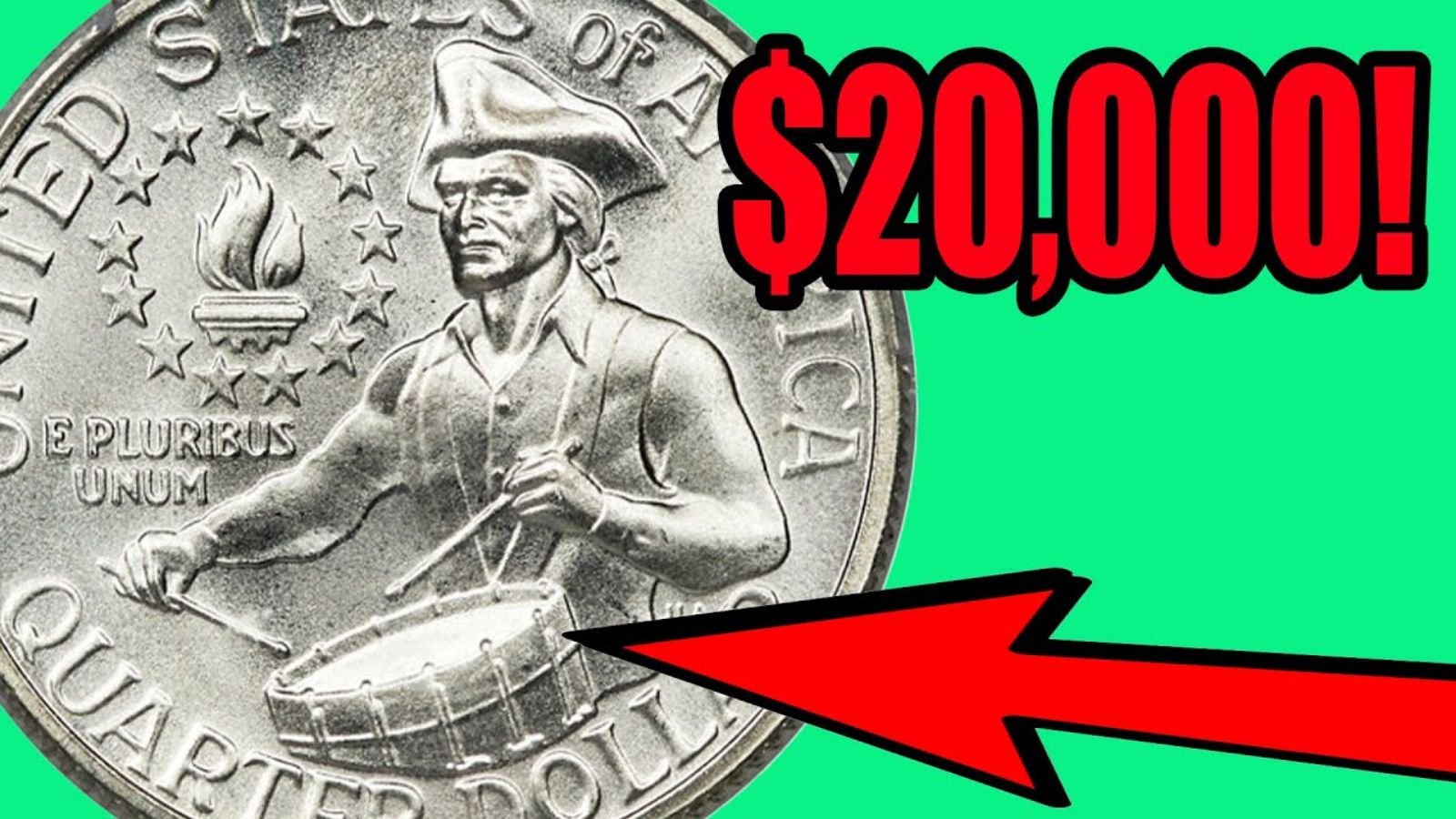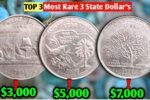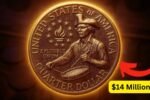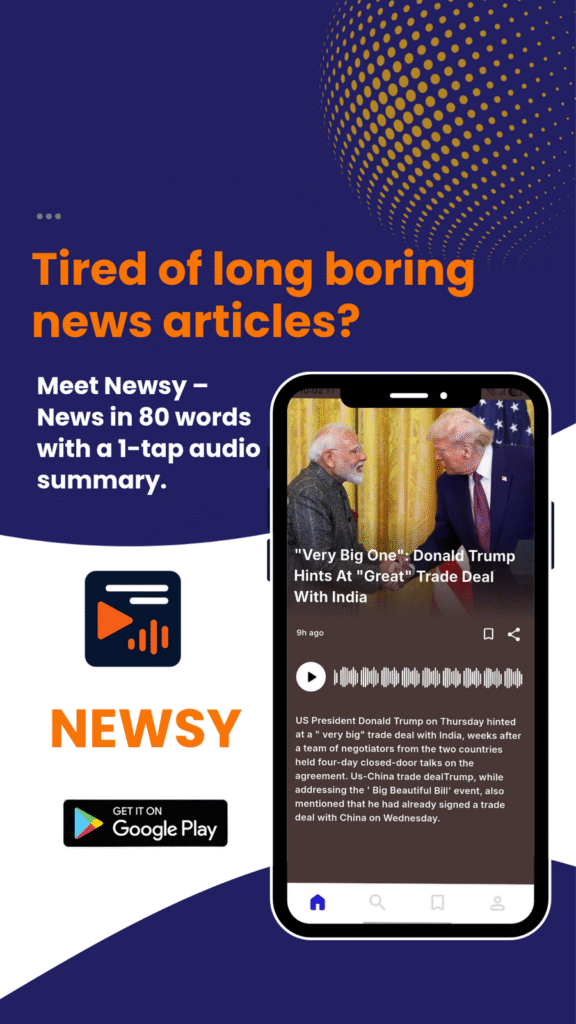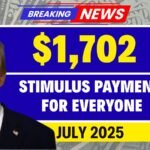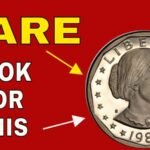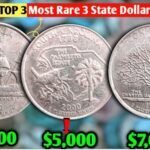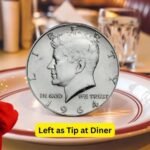Most of us don’t give our pocket change a second glance. We toss quarters into parking meters, vending machines, or tip jars without thinking twice. But what if one of 1976 Bicentennial Coin quarters hiding at the bottom of your purse or car cupholder could actually be worth thousands of dollars?
It sounds like a myth, but it’s true. Thanks to minting quirks, metal variations, and historical significance, certain Bicentennial Quarters from 1976 can fetch as much as $20,000 or more at auction. So before you drop your next quarter into a machine, you might want to pause and check your change — you could be holding onto a piece of American history that’s more valuable than you ever imagined.
This is your complete guide to the 1976 Bicentennial Coin: why it’s so special, how to identify the rare versions, what they’re worth today, how to buy or sell one, and exactly what to look for in your change jar.
What Is the 1976 Bicentennial Coin?
In 1976, to celebrate the 200th birthday of the United States, the U.S. Mint released a commemorative quarter with a one-of-a-kind design. Instead of the usual eagle on the reverse side, the Bicentennial Quarter features a Colonial drummer with a torch encircled by thirteen stars, representing the original colonies.
The obverse (heads side) still shows George Washington, but the date below his profile is unusual too — it reads 1776–1976, marking America’s 200th year of independence.
Millions of these coins were minted and circulated, so the standard version is still quite common today and is usually worth just its face value: 25 cents. However, certain rare minting varieties, planchet errors, or proof versions can turn this ordinary coin into a hidden jackpot worth up to $20,000 or more.
What Makes a 1976 Bicentennial Coin Worth $20,000?
So how does a quarter meant for everyday use end up worth thousands? It comes down to a few key factors:
1. Special Planchet or Composition
Most Bicentennial Quarters were minted in copper-nickel. However, some special proof versions were struck in 40% silver for collectors. Occasionally, mistakes at the mint meant coins were struck on planchets meant for other coins or in the wrong metal altogether. If you find a Bicentennial Quarter struck on a silver planchet or with an experimental metal mix, you could easily be holding a coin worth thousands.
2. Minting Errors
Collectors prize coins with striking errors. Double die obverse (DDO) or reverse (DDR) errors — where the design appears doubled due to a misalignment during the minting process — are among the most valuable. Off-center strikes, broad strikes, and clipped planchets can also skyrocket a coin’s worth. A Bicentennial Quarter with a major minting error can easily push into the five-figure territory.
3. Condition and Grade
Condition matters. A Bicentennial Quarter in circulated, beat-up shape isn’t likely to be worth more than pocket change. But an uncirculated coin in mint state (graded MS-65 or higher by a reputable grading service like PCGS or NGC) can fetch thousands, especially if it also has a minting error or is struck in silver.
How Rare Are These Valuable 1976 Bicentennial Coin?
Of the millions of Bicentennial Quarters minted, only a tiny fraction have these rare traits. Finding one is like striking gold — but it does happen. Collectors have discovered them in bank rolls, estate sales, old coin jars, and even pocket change.
While most quarters won’t be worth more than face value, the thrill of the hunt and the possibility of uncovering a $20,000 Bicentennial Quarter keep treasure hunters and casual coin-checkers coming back for more.
How to Check If Your 1976 Bicentennial Coin Is Rare
Ready to search your stash? Here’s what to look for:
✅ Check the Date
Make sure your coin says 1776–1976. If it doesn’t, it’s just a regular quarter.
✅ Look for a Mint Mark
On the obverse side near Washington’s ponytail, look for a small letter:
- No mark: Struck in Philadelphia
- D: Denver Mint
- S: San Francisco Mint — proof coins with an S are especially worth examining.
✅ Check for Silver
Some Bicentennial Quarters were struck in 40% silver. These were usually sold in special collector sets, but a few ended up in circulation. Silver coins will have a different ring when dropped, appear brighter, and lack the copper stripe visible on the edge of standard clad quarters.
✅ Inspect for Errors
Use a magnifying glass and good light to check for doubling on the lettering, date, or details of the drummer. Look for off-center strikes or unusual shapes. Any sign of minting irregularity could add significant value.
✅ Examine the Condition
The closer your coin is to uncirculated mint condition, the better. Coins kept in protective cases, untouched by dirty hands or pocket wear, command the highest prices.
Current Market Value of Bicentennial Quarters
So, what’s the real money here? Here’s a rough guide:
💰 Standard Circulated Bicentennial Quarter: 25 cents to $1
💰 Uncirculated Bicentennial Quarter (no error): $2–$5
💰 Silver Proof Bicentennial Quarter: $5–$15 (more if graded high)
💰 Bicentennial Quarter with Major Error: $500–$20,000+
A certified, near-perfect silver Bicentennial Quarter with a dramatic minting error could easily break $20,000 at auction — and some have.
How to Sell a Rare 1976 Bicentennial Coin
If you think you have a valuable Bicentennial Quarter, here’s what to do:
1️⃣ Don’t Clean It!
Cleaning a coin can ruin its surface and dramatically lower its value. Leave it in its original state.
2️⃣ Get It Graded
Use a reputable grading service like PCGS or NGC. They’ll verify authenticity, grade the condition, and encapsulate it in a protective holder.
3️⃣ Find the Right Buyer
High-value coins sell best through trusted coin dealers, reputable auction houses, or major coin shows. Online marketplaces like eBay can work too — but know your buyer.
4️⃣ Know the Market
Look up recent auction results for similar coins. This will give you a realistic idea of what to expect.
Can You Buy a Rare 1976 Bicentennial Coin?
Yes — many collectors buy rare error coins at auctions, coin shows, or through trusted dealers. Always:
✔️ Buy from reputable sellers.
✔️ Get documentation and certification.
✔️ Verify the coin’s grade and authenticity.
✔️ Beware of fakes — if a deal seems too good to be true, it probably is.
Where to Find Rare 1976 Bicentennial Coin
You don’t need to be a professional treasure hunter to find valuable coins. Here are some smart places to look:
🪙 Old Coin Jars: Family coin jars sometimes hold silver or error coins that have sat unnoticed for decades.
🪙 Bank Rolls: Some hobbyists search entire rolls of quarters from the bank. It’s called “coin roll hunting” — and it works.
🪙 Estate Sales & Garage Sales: Many people sell old change jars without realizing what’s inside.
🪙 Change From Cash Purchases: Yes, people have found valuable coins in regular everyday change.
Final Thoughts: Don’t Underestimate That Quarter!
It’s incredible to think that an ordinary-looking coin in your pocket could be worth thousands. The Bicentennial Quarter is a perfect reminder that history and hidden value can be right under your nose. So before you drop that next quarter into a slot machine or soda machine, pause. Flip it over. Look closely.
With a bit of luck, you just might uncover your own $20,000 Bicentennial Quarter — and become part of a story that every coin collector dreams about. Happy hunting!
Some Important Link
| Download News APP | Click Here |
| WhatsApp Group | Click Here |
| Home Page | Click Here |
